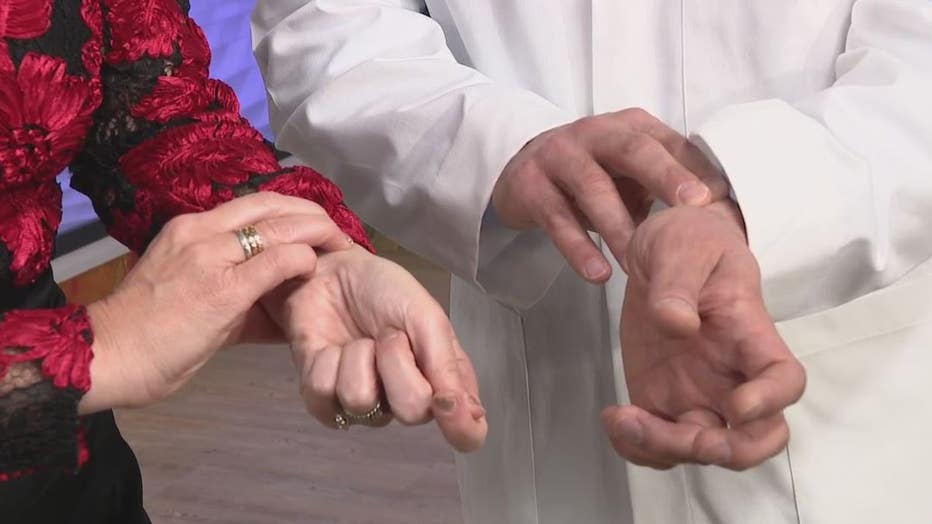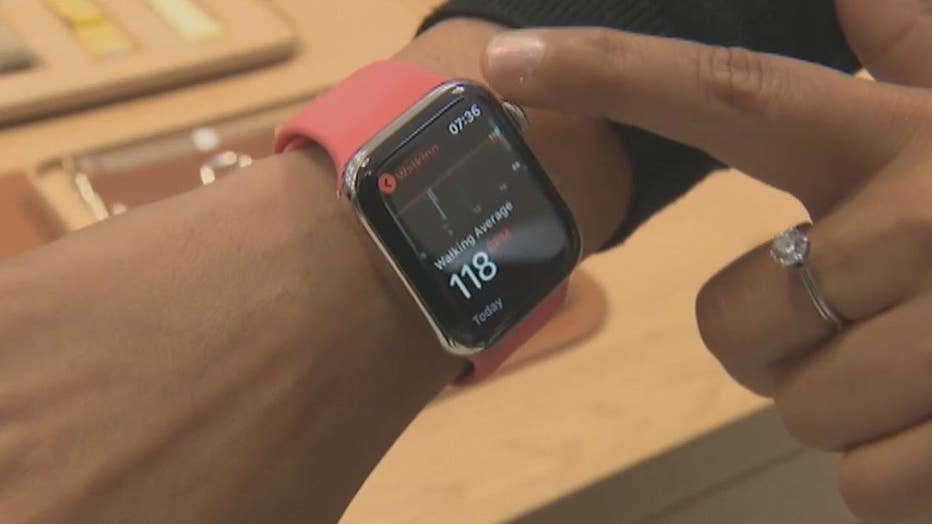Checking your cardiovascular health is easy to do, here's the red flags you need to look for
Keeping track of your heart health and looking for red flags
February is American Heart Month, meaning a time to check in on your cardiovascular health if you haven't, in awhile.
FOX 2 - February is American Heart Month, meaning a time to check in on your cardiovascular health if you haven't in awhile.
It's also important to know that heart arrhythmia is an irregular heartbeat where we're paying attention in how to look for symptoms.
Why you should care:
A normal resting heart beat for most adults is between 60 and 100 beats per minute. But a heart arrhythmia is when the heart beats too fast or too slow - or the pattern of the heartbeat becomes inconsistent.
It can feel like a fluttering, pounding or racing. And while there are several general types, it could be a sign of something worse. But what causes your heart to get out of rhythm?
Doctor Ali Jazayeri is a cardiac electrophysiology, for Trinity Health Michigan Heart.
"This can happen for a variety of reasons, some of them can be congenital in nature," Jazayeri said. "We see them sometimes after somebody has had heart surgery - particularly at a young age. Sometimes it can be a degenerative disease of the heart over time."
How can you check your heart rhythm? Check your pulse in wrist or neck. You are looking for the rate and rhythm of your heartbeats.

You do this by counting the number of beats in 15 seconds, then multiple by four. That's your heart rate.
If you want to get your peak heart rate while exercising, you take the number 220 and you subtract your age.
You can also keep track by wearing a smartwatch. You should not measure your heartbeat an hour after working out and consuming caffeine.
You also should not take a reading after you've been sitting or standing for a long period of time.
The Source: Information for this report came through an interview with Dr. Ali Jazayeri of Trinity Health.


